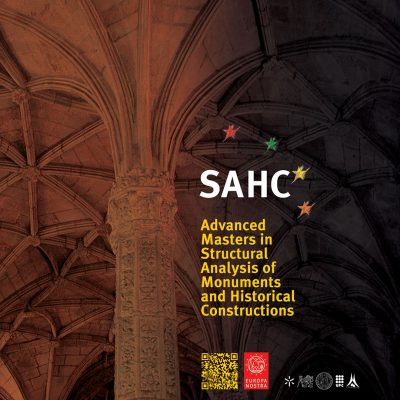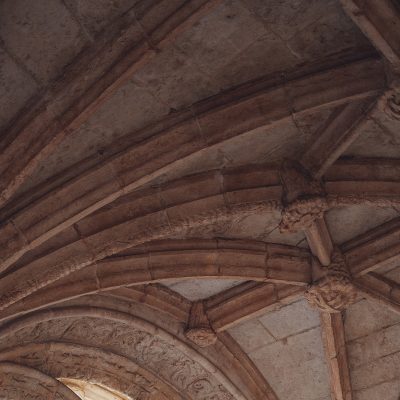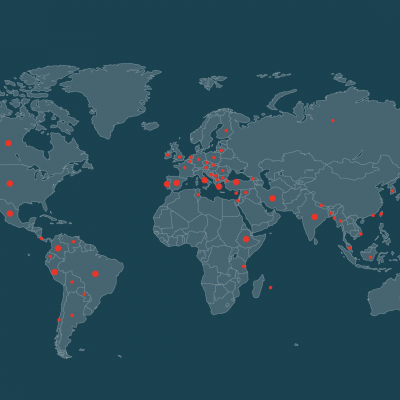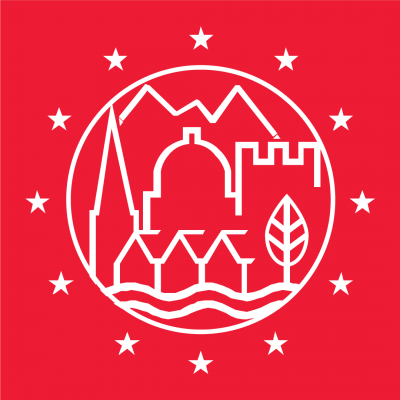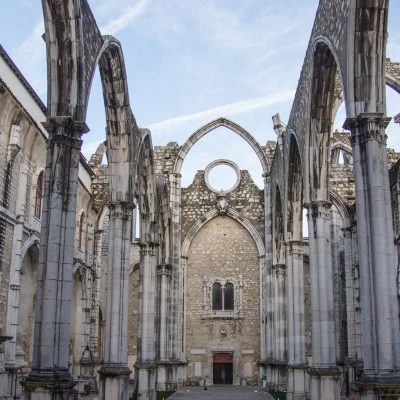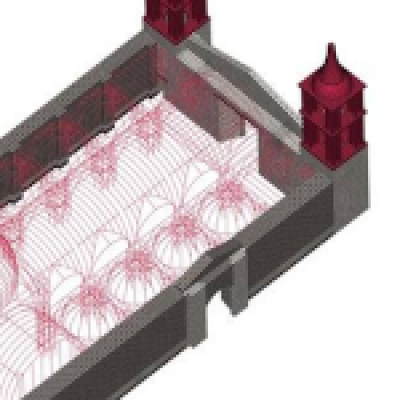About Prof. Maria Rosa VALLUZZI
Maria Rosa Valluzzi is Associate Professor in Restoration at the Department of Cultural Heritage of the University of Padova (Italy). She graduated in Structural Engineering and has a PhD. on “Design, control and rehabilitation of traditional and innovative structures”.
Research topics concern the experimental study and modeling of the mechanical behavior of existing structures, with focus on knowledge procedures, building materials and intervention techniques, and seismic vulnerability of masonry buildings, historical city centers and archeological sites.
Teacher on MSc and doctorate courses since 2000; up to present, she supervised and co-supervised over 360 MSc, 16 PhD theses and 25 SAHC Master Dissertations.
Member of SIRA – Italian society for restoration of architecture, and of several international technical committees and research groups, among which UNI, CEN, RILEM and ACI. Member of the inter-departmental research centers CIBA – Study and conservation of archaeological, architectural and artistic heritage, CIRCE – Center of investigation of cement materials and hydraulic binders; and CIPAR – China-Italy international research center for protection of historical architectures and cultural relics.
Visitor scientist at Shamoon College of Engineering, Beer-Sheeva (Israel), Pontificial Catholic University of Peru in Lima, University of Nagoya City (Japan), and University of Colorado at Boulder (US).
Author of more than 380 publications, she was awarded by Rilem with the “Robert l’Hermite” medal in 2005 and honored as Rilem fellow in 2015.
About University of Padova, Italy
The University of Padova is the second-oldest university in Italy and one of the most ancient in the world. Juridical, theological, philosophical and medical studies were fostered in the mediaeval town before the official establishment as university in 1222, under the motto “Universa Universis Patavina Libertas“. The University of Padova boasts a series of key contributions to the free advancement of knowledge, science and society; among them: Nicolaus Copernicus and Galileo Galilei (fathers of modern science), Andreas Vesalius and William Harvey (founders of the modern Medicine), and Elena Lucrezia Cornaro Piscopia (the world’s first woman to graduate, in 1678). At present, there are about 64.000 students (4.000 of which enrolled in postgraduate and doctorate programs) on a total population of about 210.000 inhabitants. The University of Padua is a city-based university, which counts 32 departments and 8 schools ranging from Engineering to Business and Political Sciences, from Medicine to Humanities, from Psychology to Agriculture, and from Law to Science. About 200 undergraduate and postgraduate degree programs are promoted, in an international and intercultural community and a multidisciplinary research environment.
Since 2016, the SAHC Master Course is co-proposed by the Department of Cultural Heritage and the Department of Civil, Architectural and Environmental Engineering.
The Department of Cultural Heritage merges since 2012 expertise involved in the study, research and protection of Cultural Heritage assets, i.e.: archeology, history of arts and music, geoscience, architecture, urbanism, survey and engineering. Such a strong inter- and multi-disciplinary identity provides synergies for the collaboration to conservation and restoration projects at various scales, from materials to ancient buildings and monuments, up to historical centers and archaeological sites, through onsite experimental diagnostic, structural monitoring, dynamic identification and model simulations.
The Department of Civil, Architectural and Environmental Engineering follows the traditional training of technicians working in the field of transport systems, hydraulics and civil architecture, instituted in the early years of the 18th cent. and developed throughout the 19th and 20th cent. It annexes four experimental laboratories focused on testing building materials and structures, hydraulics and geotechnics, maritime works, and GIS. The department has a long tradition in research topics related to the repair/strengthening of historic buildings through experimental and theoretical analyses on the structural response under static and seismic actions, integrated today by advanced modeling tools in the field of architecture and engineering (e.g., FEM, DEM, BIM).

